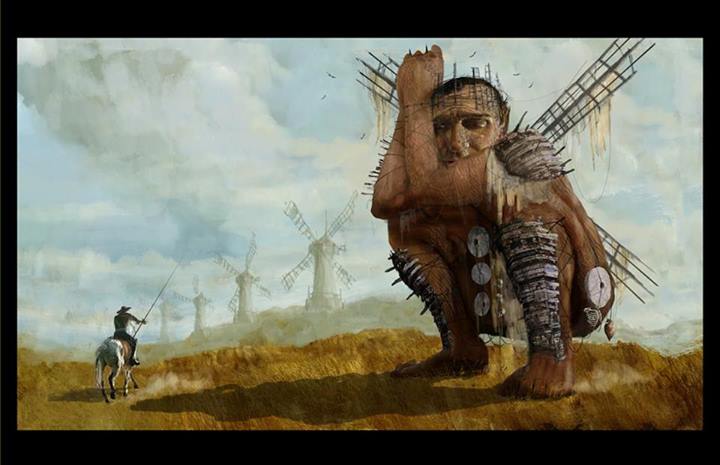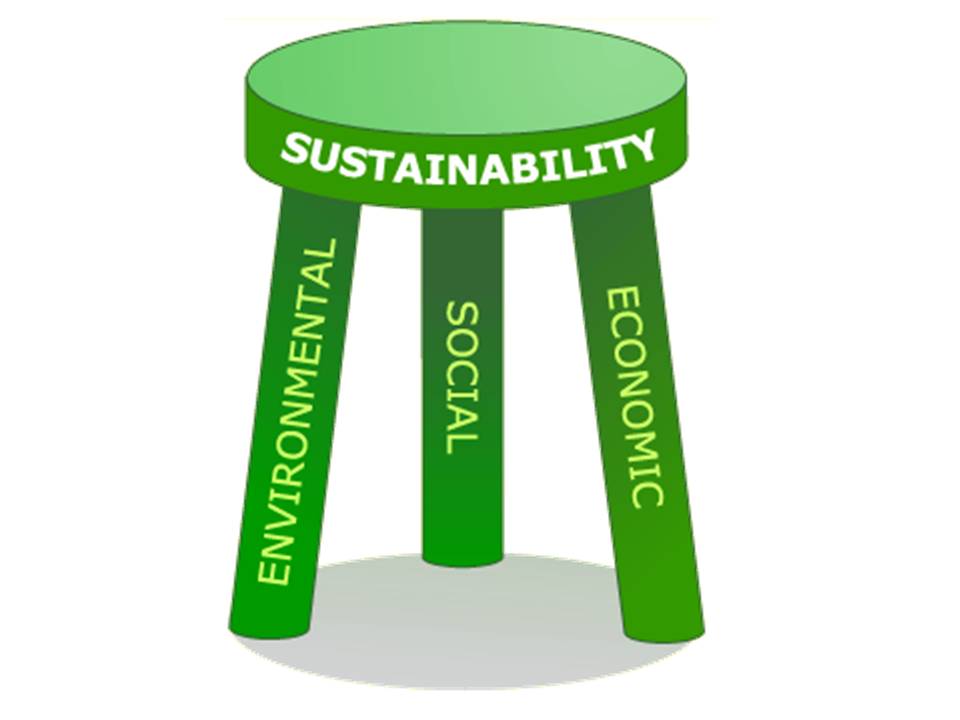Why has social sustainability been treated like the neglected stepchild of the three pillars of sustainable development?
Sustainable development has become the gold standard for policy-making around the world as awareness has grown of the inability to continue along the traditional development path taken generations before us. There is a popular analogy for sustainable development as a three-legged stool, with environmental, economic, and social factors working together to keep the stool stable. However, as it has been deployed over the past three decades, the three legs have not been developed evenly and, thus, the stool is not as even and effective as it was intended to be. Social sustainability has not been given the same attention and implementation as its counterparts, and that has held back sustainable development around the world from reaching its maximum potential.
Why, then, has social sustainability been treated like the neglected stepchild of the three?
Continue reading “Social Sustainability: The Shorter Leg”



